Brushing your teeth is an essential daily oral hygiene habit that not only affects your oral health but also your overall well-being. Correct brushing techniques are critical in cleaning the surfaces of your teeth, removing food debris, and preventing common oral health issues like cavities, gum disease, and gingivitis. However, many people lack a full understanding of proper brushing techniques, leading to potential oral health problems. This article will provide a detailed explanation of how to brush your teeth correctly, covering the importance of brushing, the correct brushing steps, common brushing mistakes, how to choose the right brushing tools, and brushing techniques for special conditions.
1. The Importance of Brushing Your Teeth
1.1 The Basic Function of Brushing
The primary function of brushing your teeth is to physically remove food particles, bacteria, and dental plaque from the surfaces of your teeth. Plaque is a sticky film composed of bacteria, food debris, and proteins from saliva that accumulate on the teeth. If plaque is not regularly removed, it hardens into tartar and can lead to tooth decay (cavities), gingivitis, and periodontal disease. Brushing your teeth effectively helps to prevent the buildup of plaque, ensuring optimal oral health.
1.2 Preventing Cavities and Gum Disease
Cavities, or tooth decay, are typically caused by bacteria that break down sugars in the food you eat, producing acids that erode tooth enamel. Without regular brushing, bacteria can accumulate on the teeth, leading to the formation of cavities. Brushing removes plaque and prevents the development of cavities.
Gum disease, also known as periodontal disease, is a chronic infection of the gums caused by bacteria. Early symptoms include gum redness, swelling, and bleeding. If left untreated, it can progress to severe gum damage, tooth mobility, and even tooth loss. Brushing your teeth regularly helps to remove plaque and bacteria from the gumline, reducing the risk of gum disease.
1.3 Preventing Bad Breath
Bad breath, or halitosis, is often caused by bacteria in the mouth that break down food particles, dead cells, and other organic material, producing foul-smelling volatile sulfur compounds. Regular brushing helps to remove food particles and bacteria, reducing the occurrence of bad breath. Additionally, the tongue can harbor bacteria, so brushing it during your daily routine can further combat bad breath.
1.4 Improving the Appearance of Teeth
Brushing your teeth regularly helps remove surface stains caused by food, drinks (such as coffee and wine), and tobacco. If you do not brush your teeth effectively, stains and plaque can accumulate, affecting the appearance of your teeth. Brushing ensures that your teeth remain white and shiny, helping to maintain your smile’s aesthetic appeal.
2. Correct Brushing Technique
While brushing may seem like a simple daily task, using the proper technique is essential for maintaining good oral health. Incorrect brushing can damage both your teeth and gums, reducing the effectiveness of your brushing. Here are the steps for brushing your teeth properly:
2.1 Choosing the Right Toothbrush
The first step in effective brushing is choosing the right toothbrush. Toothbrushes come in a variety of shapes, sizes, and bristle strengths. Generally, medium bristles are recommended. Hard bristles can damage the gums and tooth enamel, while soft bristles may not effectively remove plaque.
The size of the toothbrush head is also important. It should be small enough to reach the back teeth and other hard-to-reach areas of your mouth. A toothbrush that is too large or too small may hinder the cleaning process.
2.2 Using the Right Toothpaste
Choosing the right toothpaste is equally important. Most dentists recommend fluoride toothpaste because fluoride helps to strengthen tooth enamel and prevent cavities. If you have specific needs, such as sensitive teeth or staining, you can select a toothpaste formulated for those concerns. However, fluoride toothpaste is generally the best choice for most people.
Be sure not to use too much toothpaste—just a pea-sized amount is enough. Excessive toothpaste can foam unnecessarily, and you may not see additional cleaning benefits from using more.
2.3 Correct Brushing Methods
Brushing your teeth involves more than just moving the toothbrush across your teeth. Proper technique is essential for ensuring that all surfaces of your teeth are cleaned effectively. Below are common brushing methods:
2.3.1 The Bass Method
The Bass method is one of the most widely recommended brushing techniques. Here’s how to do it:
- Hold the toothbrush at a 45-degree angle to the gumline, with the bristles pointing toward the area where the tooth meets the gum.
- Use gentle, circular motions to brush, not scrubbing too hard.
- Brush each area for 15-20 seconds, making sure to clean the outer surfaces, inner surfaces, and chewing surfaces of each tooth.
This method is effective for cleaning the gumline and preventing gingivitis and periodontal disease.
2.3.2 The Circular Method
The circular brushing method is especially useful for children and beginners. Here’s how to do it:
- Hold the toothbrush at a 90-degree angle to your teeth.
- Use small circular motions to clean each tooth.
- Make sure to clean the inner and chewing surfaces as well.
This method is simple and effective for beginners.
2.3.3 Vertical Brushing
Vertical brushing is useful for cleaning the inside surfaces of the upper and lower front teeth. To do this:
- Hold the toothbrush vertically against your teeth.
- Brush up and down with gentle strokes, making sure to clean each tooth’s surface.
2.4 Brushing Time and Frequency
Experts recommend brushing your teeth for 2-3 minutes, twice a day—once in the morning and once before bed. Brushing for 2 minutes ensures that all areas of your teeth and gums are thoroughly cleaned. If you brush for less than a minute, you may miss important areas like the back teeth and gumline.
If possible, brushing after every meal can improve oral hygiene. However, at a minimum, ensure you brush your teeth in the morning and before bed.
2.5 Brushing Order
To ensure thorough cleaning, it’s helpful to follow a systematic order when brushing. Here’s a common order for brushing:
- Brush the outer surfaces of your upper teeth.
- Brush the outer surfaces of your lower teeth.
- Brush the inner surfaces of your upper teeth.
- Brush the inner surfaces of your lower teeth.
- Brush the chewing surfaces of your upper teeth.
- Brush the chewing surfaces of your lower teeth.
- Clean your tongue and the roof of your mouth.
This order helps ensure every area is cleaned properly.
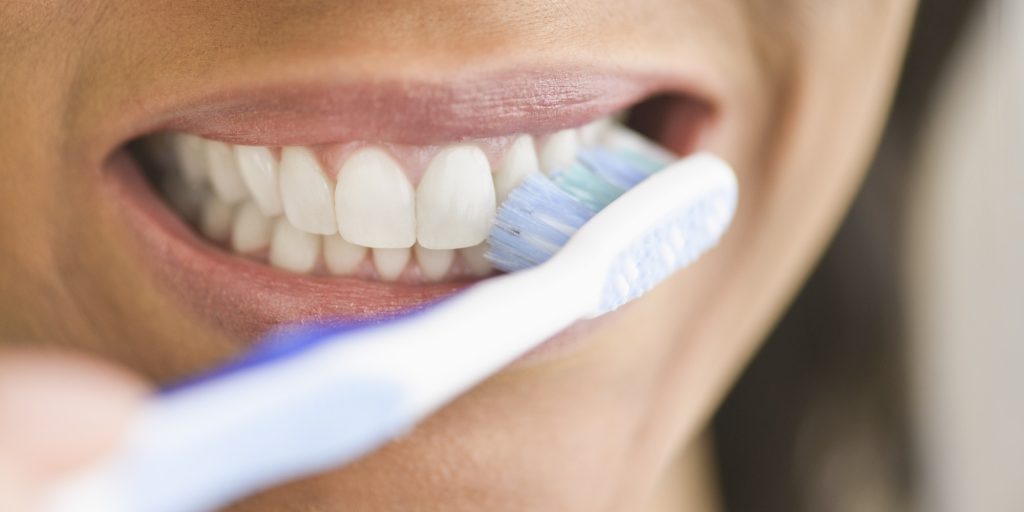
3. Common Brushing Mistakes
Although brushing your teeth is part of most people’s daily routine, many people still make common mistakes that can affect the effectiveness of their oral hygiene routine. Here are some common brushing mistakes:
3.1 Brushing Too Hard
Many people believe that brushing harder will clean their teeth better, but in reality, brushing too hard can damage tooth enamel and irritate the gums, leading to gum recession and increased tooth sensitivity. Always use gentle pressure when brushing, and avoid scrubbing too vigorously.
3.2 Ignoring the Inner and Chewing Surfaces
A lot of people focus primarily on brushing the outer surfaces of their teeth but neglect the inner and chewing surfaces. These areas are also prone to plaque buildup, so it’s important to clean them as well.
3.3 Brushing for Too Short a Time
Brushing for less than a minute is often insufficient to clean all areas of the mouth. The optimal brushing time is 2-3 minutes. Spend enough time to clean each surface of your teeth thoroughly.
3.4 Neglecting to Clean the Tongue
The tongue is a prime area for bacteria buildup, which can contribute to bad breath and overall mouth odor. Be sure to gently brush the surface of your tongue as part of your routine, or use a tongue scraper to remove bacteria and freshen your breath.
4. Special Brushing Techniques for Specific Conditions
In addition to regular brushing, certain situations may require adjustments to your brushing technique. Here are some special brushing techniques for specific conditions:
4.1 Brushing for Pregnant Women
Pregnancy-related hormonal changes can make gums more susceptible to gingivitis. Pregnant women should take care to brush their teeth gently to avoid injuring the gums. Soft-bristled toothbrushes are recommended, and regular dental checkups should be maintained during pregnancy.
4.2 Brushing for Children
Children’s teeth are more delicate, so brushing techniques should be modified. Parents should help children under 3 years old brush their teeth, and only allow them to brush on their own once they have mastered the correct technique. For school-aged children, use a toothbrush designed for children with soft bristles to avoid damaging their teeth and gums.
4.3 Brushing for Older Adults
Older adults may experience gum recession, tooth wear, and sensitivity. When brushing, use a soft-bristled toothbrush and avoid applying excessive pressure. Seniors who experience dry mouth should also drink water regularly to keep their mouth moist and prevent plaque buildup.
5. Conclusion
Brushing your teeth is one of the most important habits for maintaining good oral health. Proper brushing techniques can effectively prevent common oral issues like cavities, gum disease, and bad breath. Choosing the right toothbrush and toothpaste, adopting the correct brushing technique, brushing for the appropriate amount of time, and avoiding common mistakes can significantly improve your oral hygiene and overall health.
Everyone should develop a good brushing routine and regularly visit the dentist to ensure their teeth remain healthy over the long term. By brushing correctly, you can maintain fresh breath, prevent oral diseases, and keep your smile beautiful for years to come.

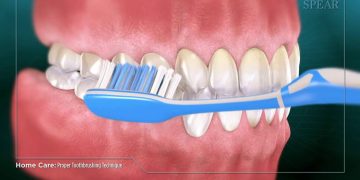
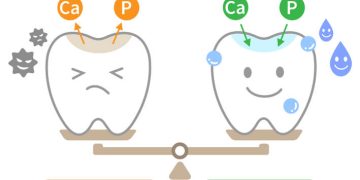
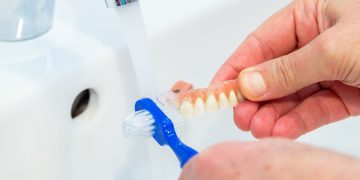

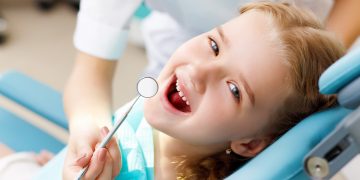


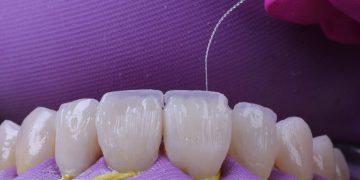
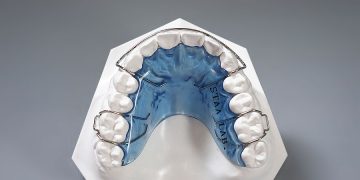

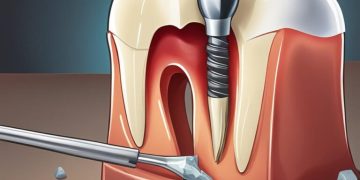
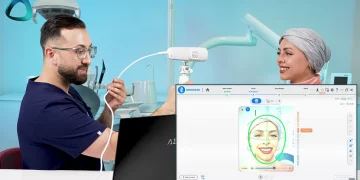
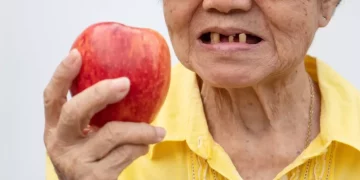

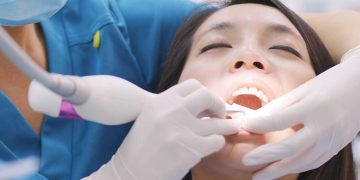

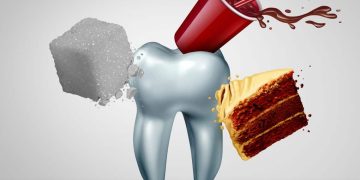





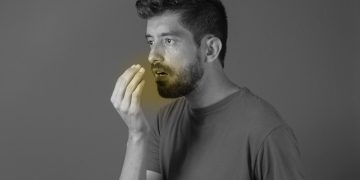

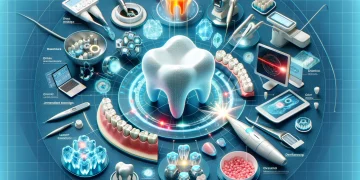



















Discussion about this post